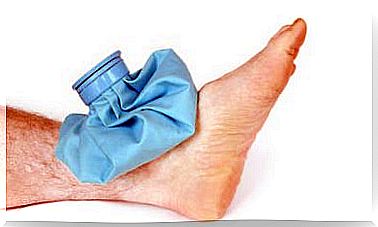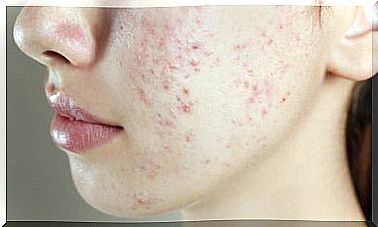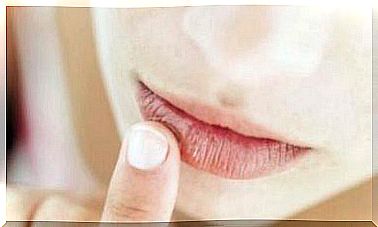Treatment Of Rhinitis
Treatment for rhinitis will depend on the type of condition you have. If it is allergic rhinitis, the first line of treatment will be to avoid contact with the triggering allergen agent. However, in cases where it is not enough to avoid exposure to the allergen, the patient should be treated with drugs or immune therapy.
Below we detail what each treatment consists of.
Treatment of rhinitis: pharmacological
Treatment of pharmacological rhinitis varies according to the severity and persistence of the symptoms. The characteristics that the ideal medicine for rhinitis should present are the following:
- Same efficacy in the symptoms of the acute phase as in the late phase.
- Form of administration that ensures compliance.
- Direct release on the nasal mucosa.
- Little adverse effects.
- Quick action.
H1 antihistamines
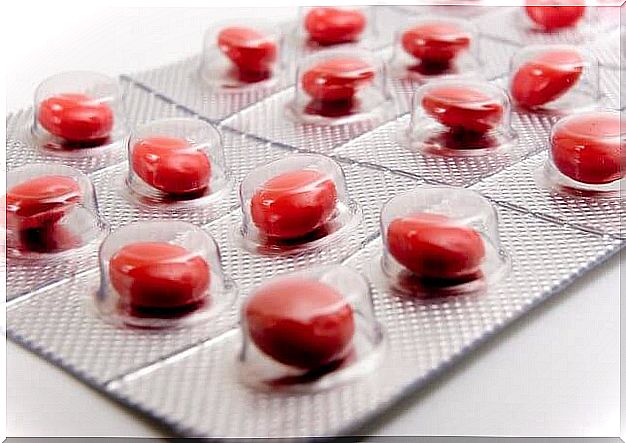
Histamine is the substance responsible for the processes of allergy and rhinitis. Therefore, one of the goals of treatment will be to inhibit the secretion of this substance.
The efficacy of these drugs is justified by their mechanism of action as they are capable of blocking histamine H1 receptors. Therefore, they are first-line agents in the treatment of allergic rhinitis. However, they act reversibly and specifically, making them almost ineffective for other forms of rhinitis.
- When rhinitis occurs with nasal obstruction, they are usually associated with decongestants.
Oral antihistamines
Within the oral AH1s, we have the following classification:
- 1st generation. These produce sedation, constipation or tachycardia, since they are able to reach the brain by crossing the blood-brain barrier. In this group are:
- Clemastine.
- Diphenhydramine.
- Dexchlorpheniramine.
- 2nd generation. They do not usually induce sedation and have less affinity for histamine receptors in the central nervous system. These drugs are:
- Loratadine
- Terfenadine.
- Cetirizine: This drug does produce sedation.
In general, 2nd generation AH1s are a great advantage for patients who need a high degree of alertness in their work. In addition, they help improve therapeutic compliance since their administration schedule is every 12-24 hours.
On the other hand, in children, these antihistamines are associated with cromoglycate. This combination therapy is considered the treatment of choice in childhood.
However, 2nd generation AH1s are not without problems but can develop heart or liver pathologies. For this reason, they are contraindicated in heart disease and patients with liver failure.
Topical H1 antihistamines

Azelastine and levocastins belong to this group of drugs. These present an efficacy similar to that of oral AH1s and a lower incidence of nasal congestion. However, azelastine is not effective against ocular symptoms. Despite belonging to the 2nd generation AH1, it produces sedation.
Oral AH1s are less potent than intranasal corticosteroids in improving general symptoms of allergic rhinitis, but they provide greater relief of ocular symptoms. They have an efficacy similar to that of cromoglycate.
Nasal decongestants
These are agents that are administered topically or orally and have the ability to effectively reduce nasal congestion from various types of rhinitis. Oral decongestants, phenylephrine or pseudoefredia, despite their effectiveness, can cause:
- Shaking.
- Insomnia.
- Anorexy.
- Hypertension.
- Hyperactivity
Nasal decongestants are suitable for the elderly and pregnant women. However, its use is discouraged during the first trimester due to possible defects in the fetus.
Topicals such as phenylephrine, oxymetazoline or xylometazoline produce nasal vasoconstriction, reducing edema. Its prolonged use can cause rebound rhinitis.
Corticosteroids
Corticosteroids are the most effective for treating all symptoms of allergic rhinitis, except eye symptoms. All this thanks to its anti-inflammatory action.
Nasal corticosteroids modulate the cellular and humoral immune mechanism. They are more effective than the rest of the drugs used for the treatment of rhinitis. Despite the above characteristics, they have a slower onset of action.
They are sometimes associated with topical AH1 in severe allergic rhinitis, or with decongestants in the case of marked nasal obstruction. On the other hand, systemic corticosteroids are administered as an alternative to nasal corticosteroids in the case of very severe allergic rhinitis or that would be reflected in other treatments.
Mast cell membrane stabilizers
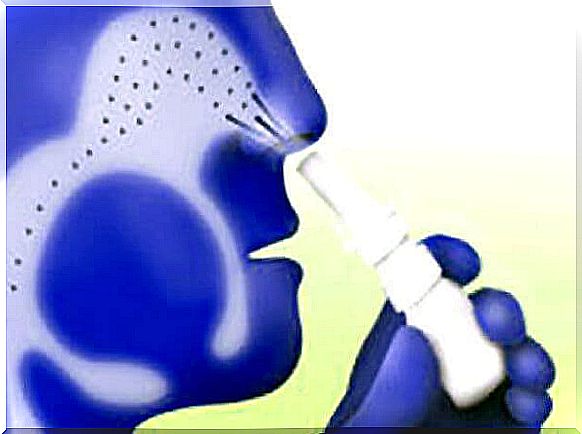
These drugs, specifically cromolyn sodium, do not have an antihistamine effect. Instead, they act on mast cells, thus preventing the release of the factors that trigger the allergic reaction.
Although the frequency of administration can hinder compliance, the good safety profile of cromoglycate makes it considered the topical rhinitis treatment of choice. Both in the elderly, in children and pregnant women.
Intranasal anticholinergics
Within this group we highlight ipratropium bromide. This is able to reduce cholinergic hyperactivity by decreasing secretions.
- However, it has no effect on the other nasal symptoms.
Immunotherapy
Allergen immunotherapy consists of the systemic administration of amounts (which will increase progressively) of a specific allergenic extract. Its purpose is to decrease the reactivity of the target organ and the cellular sensitivity.
This achieves a reduction in the severity of symptoms by shortening their duration when the patient is later exposed to the causative allergen. The allergenic extract or allergenic vaccine is a preparation of an allergen obtained from the active constituents of substances.
